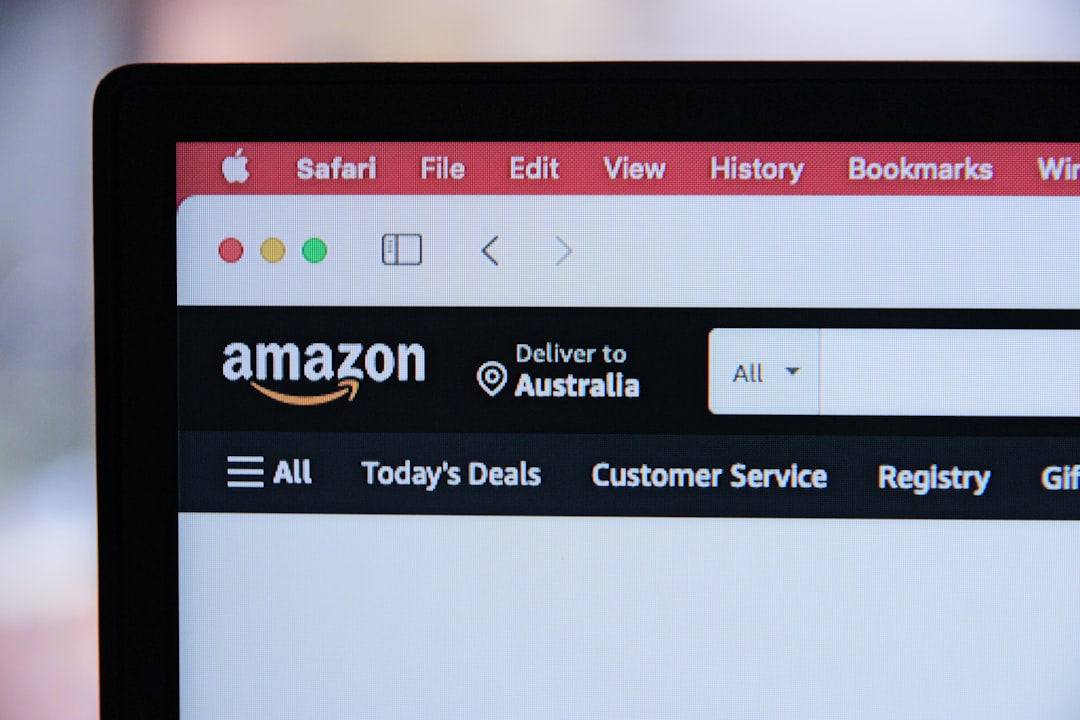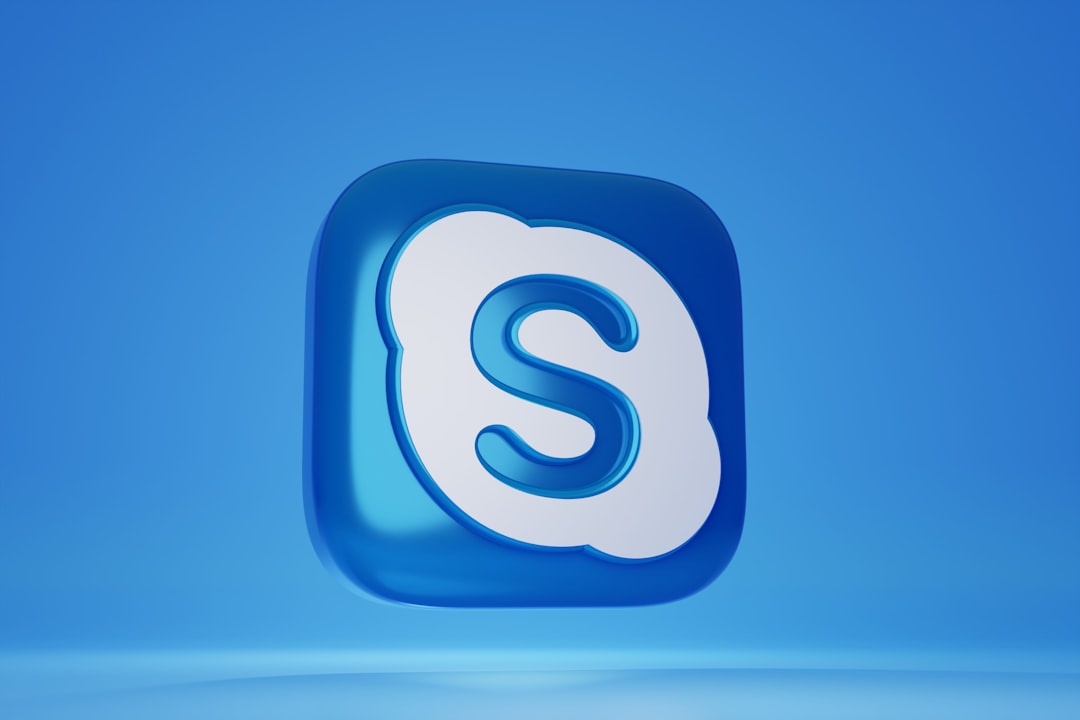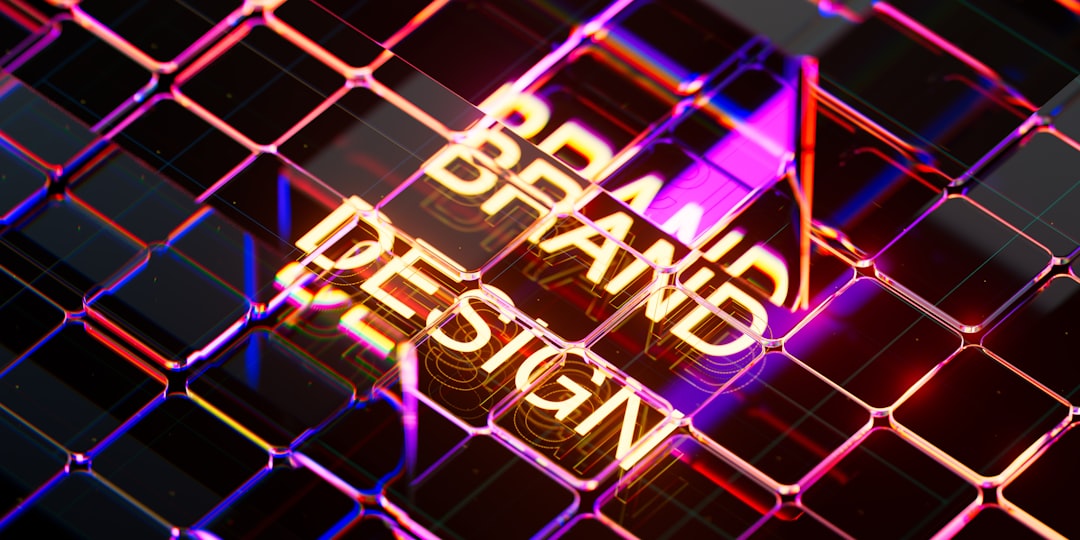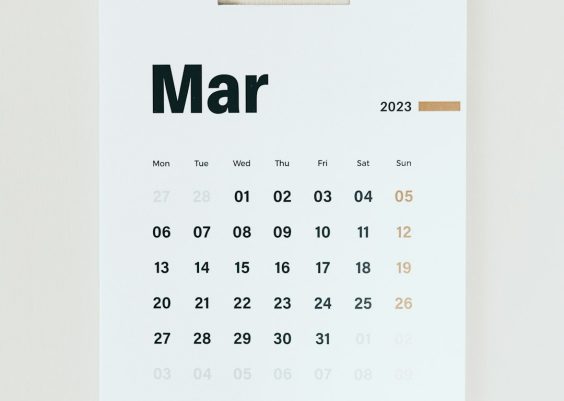When you think about your favorite online marketplaces—whether it’s Amazon, Etsy, eBay, or Shopify—you probably don’t think too deeply about their logos. But these logos are the polished result of intense design strategy, aiming to strike a delicate balance between neutrality and distinctiveness. In a crowded digital economy filled with diverse products, sellers, and buyers, a marketplace’s logo must stand for the brand while not overshadowing the multitude of businesses that operate within it.
TLDR:
Marketplace logos are crafted to be neutral yet distinctive, serving as a visual anchor that supports diverse sellers and categories without demanding the spotlight. This careful visual design allows users to trust the ecosystem while giving individual brands room to shine. In this article, we explore what makes a neutral yet distinct logo work in the competitive landscape of marketplaces. We also look at some successful examples and the design principles behind them.
What Is a Marketplace, and Why Does Its Logo Matter?
A marketplace is a platform that connects multiple sellers with potential buyers, offering a wide variety of goods or services. Unlike traditional e-commerce platforms that focus on a single brand offering, marketplaces need to present themselves as fair, reliable intermediaries. The logo becomes the first impression—a flag under which hundreds or even millions of businesses operate.
This complex role creates a unique design challenge: how to design a logo that doesn’t overpower the varied identities it represents, yet still offers a clear, memorable visual marker for the platform itself.
Why Neutrality Is Crucial
Marketplace logos need to be intentionally neutral to avoid competing with the styles and aesthetics of the sellers on the platform. A neutral visual identity accomplishes several important things:
- Supports Diversity: A neutral design doesn’t clash with the look and feel of individual storefronts.
- Encourages Trust: Users are more likely to trust a brand that seems even-handed and unobtrusive.
- Flexibility Across Media: Neutral visuals adapt more easily across different use cases—website design, mobile apps, printed materials, and more.
For example, Etsy’s logo, a simple serif typeface in a burnt orange color, doesn’t reflect any particular seller or category. Its simplicity is deliberate. The neutrality opens the floor for artisans, creators, and niche sellers to fully express their brands without competing against the platform itself.
The Power of Distinctiveness
While neutrality is important, logos also need to be recognizable. After all, in an arena filled with competitors, standing out matters. This is where subtle distinctiveness enters: a unique font, a clever icon, or a signature color scheme can make all the difference.
Consider Amazon’s logo: a stark, sans-serif wordmark with the iconic smile/arrow stretching from A to Z. It’s designed to be neutral enough to pair with any product line, yet the smile icon is instantly recognized by millions. The genius lies in its simplicity and versatility.

Here are a few ways logos balance distinctiveness with neutrality:
- Typographic Ingenuity: Custom fonts or clean typefaces that balance uniqueness and legibility.
- Subtle Iconography: Logos that include minimal icons can help embed brand recognition without overwhelming the overall design.
- Color Psychology: Colors like blue for trust, green for sustainability, or orange for friendliness can reinforce brand attributes.
Design Systems That Support the Brand
Beyond the logo itself, marketplaces often develop a comprehensive visual system—logos, color palettes, typography, and UI components—that ensures brand continuity. These systems must accommodate a wide range of content and use cases, from splash screens and mobile apps to seller dashboards and advertisements.
Take Apple’s App Store for instance. Its logo—a stylized A—uses abstraction while sitting confidently in a clean, white or blue field. The icon is universal enough to encompass millions of apps without referencing any single genre.

Design systems often feature:
- Grid-based Layouts: Ensures consistency across product display pages and promotional materials.
- Minimalist Aesthetic: Allows sellers’ content to shine while the platform maintains a quiet confidence.
- Scalable Elements: Logos and icons must work at both large and microscopic sizes, from billboards to favicon tabs.
The Balance of Emotion and Function
One overlooked aspect of logo design is its emotional resonance. Even the most neutral logos cannot succeed on clarity alone—they need to convey some kind of feeling. Whether it’s trust, creativity, speed, or friendliness, a logo must function as both a visual marker and an emotional anchor.
For example, Shopify’s logo—a simple shopping bag with a stylized “S”—invokes commerce and ease without favoring one business over another. It’s functional, scalable, and still carries an accessible energy.
The functionality aspect focuses on how well the logo integrates with user interfaces, adapts into favicon formats, becomes part of app icons, and stands up in black and white. The emotional component, often subtler, supports brand loyalty and recognition.
When Marketplace Logos Go Wrong
There have been instances where marketplace logos missed the mark. Either they were too stylized—thereby clashing with users’ visual expectations—or overly generic, blending into a sea of lookalikes.
When a logo is overly expressive, it could alienate certain types of sellers. Conversely, if it leans too far into anonymity, it risks being forgettable. Striking a middle ground is an art form, requiring user research, iterative design testing, and brand strategy alignment.
Common pitfalls include:
- Overcomplication: Too many elements can distract or confuse users.
- Mismatched Tone: A whimsical logo on a serious freelance services marketplace may confuse rather than attract.
- Inflexibility: Logos that don’t scale well or work in monochrome lose utility.
Emerging Trends in Marketplace Logo Design
The future points to logos that are increasingly adaptive. Responsive design principles are now being applied to logos—allowing different versions of the logo to appear on different screen sizes or contexts.

Some observed trends include:
- Animated Logos: Short, GIF-style movements that add modernity and depth.
- Logos That Morph: Adaptive logos that change slightly depending on user behavior or interaction.
- Dark Mode Variants: As more apps support dark mode, logos now exist in light and dark stylizations.
These innovations help marketplaces maintain a cutting-edge impression without straying too far from design principles like clarity and usability.
Conclusion: A Silent Pillar of Trust
In the ever-evolving ecosystem of e-commerce, the role of the marketplace logo stands as both a symbol and a system. It must remain respectfully in the background, letting millions of products take center stage, while still serving as a quiet yet confident beacon of trust, quality, and identity.
A well-designed marketplace logo communicates values without interference—neutral yet distinct, silent but powerful. As marketplaces continue innovating in services, delivery, and global reach, their logos remain steadfast anchors in a sea of digital motion.




